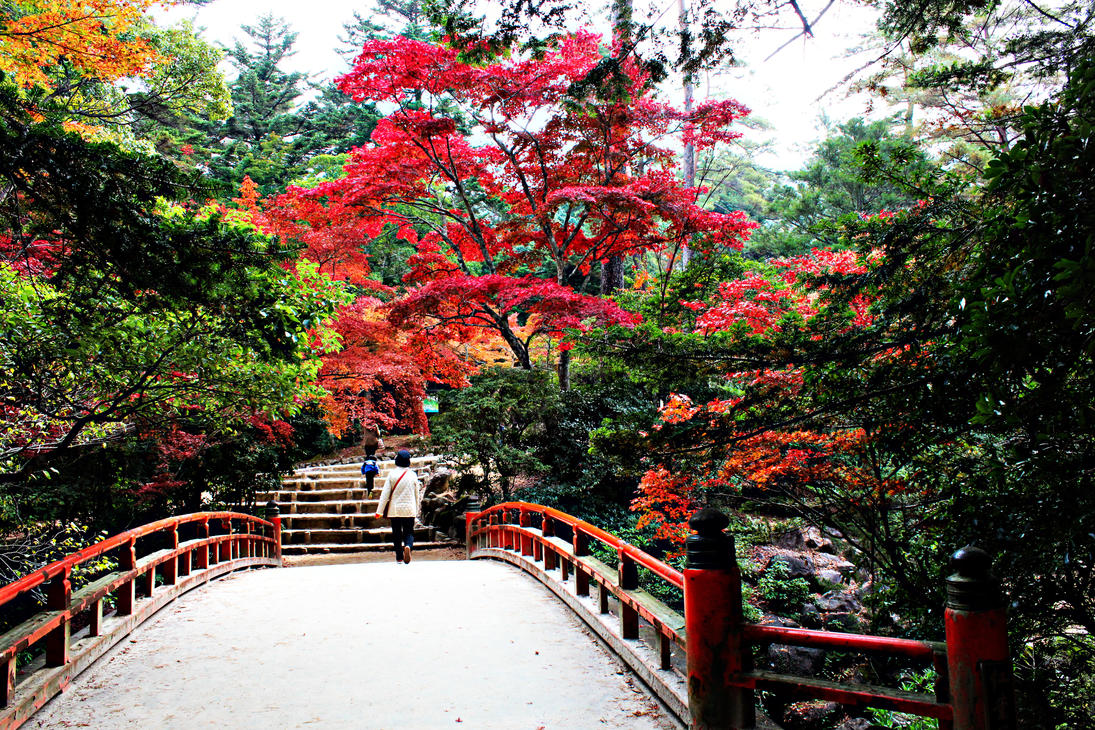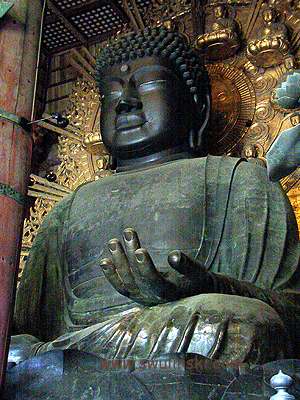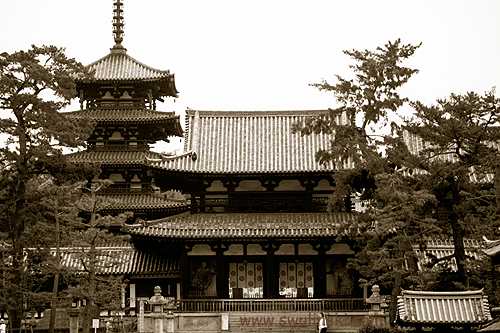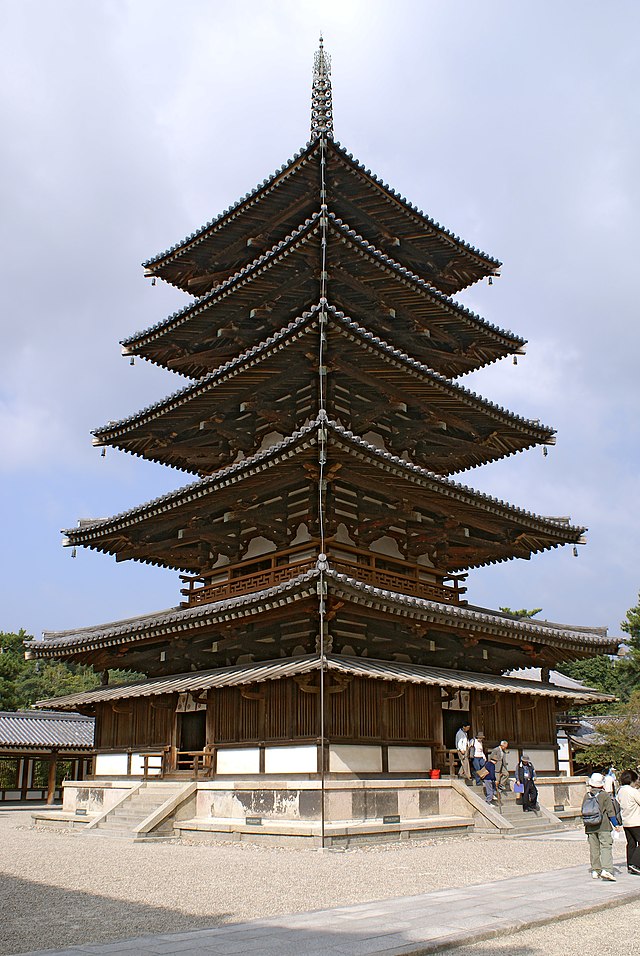Miyajima is certainly one of those places that I hope to visit one more time. Wait, what am I saying, I meant a couple or even dozen times! While being in Japan, you can not forget to visit it! This very important island is located near Hiroshima and is really easy to reach. Personally I consider this place as one of those where you can at the same time visit beautiful temples, take a walk in a charming old town scenery and climb the holy mountain called Misen, admiring stunning panoramic views from the mountain peak. View of the island and the torii gate is one of the most famous "Japanese three landscapes".
LIST OF MONUMENTS
Istukushima Jinja- is a Shinto shrine, which is on the UNESCO World Heritage List. Some of the buildings and objects was considered by the Japanese government as national treasures. Itsukushima jinja is built on the platforms on the bay, which refers to the former status of the island as a sacred ground. In the past ordinary people could not set foot on the island. They were coming by boats, passing under the giant toori gate, which seemed to float on the surface of water. To preserve the purity of the sanctuary, until 1878, it was not allowed for anyone to give birth or die on the island. Funerals are not allowed on the island even now. The dead are transported to the mainland to bury them there, and relatives before returning to the island must held ritual of purification.
Daishō-in is one of temples on Mt.Misen famous for the maple trees in their autumn colors.It is a part of the World Heritage Area of Itsukushima Shrine. Daishō-in has a long path of stairs where Buddhist ritual can be performed while walking up the temple's steps. Along the stairs there is a lot of spinning metal rollers inscribed with sutra. Touching the inscriptions while walking down is believed to have the same effect as reading them. Without any knowledge of Japanese, you can benefit from the blessing of those metal rollers.
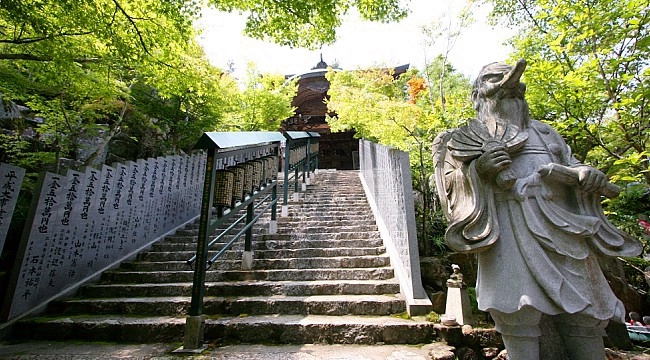
Mount Misen- While visiting Miyajima, taking a walk on one of the hiking trails is a thing that you can not omit! From the top of the mountain you can see a beautiful panoramic views on the island and surrounding see. Your journey to the Misen top will be accompanied by wild deers and sometimes even monkeys. While hiking you will see a lot of small temples, toori gates, statues of demons and amazing primeval forests.




